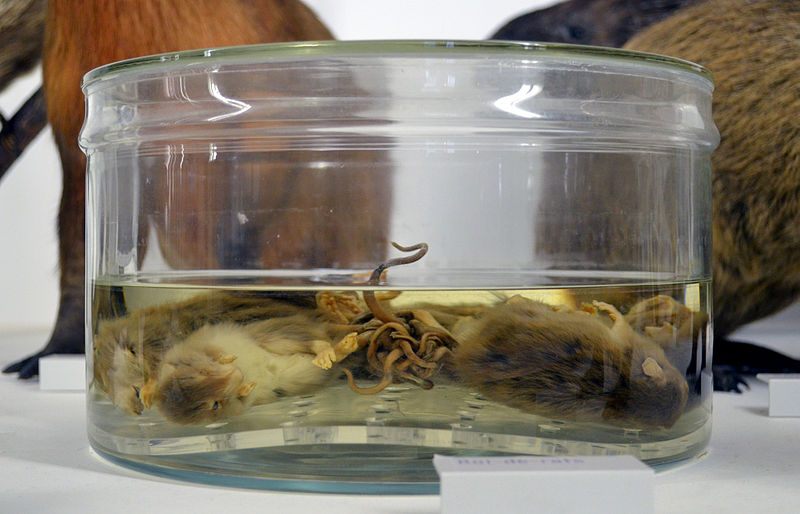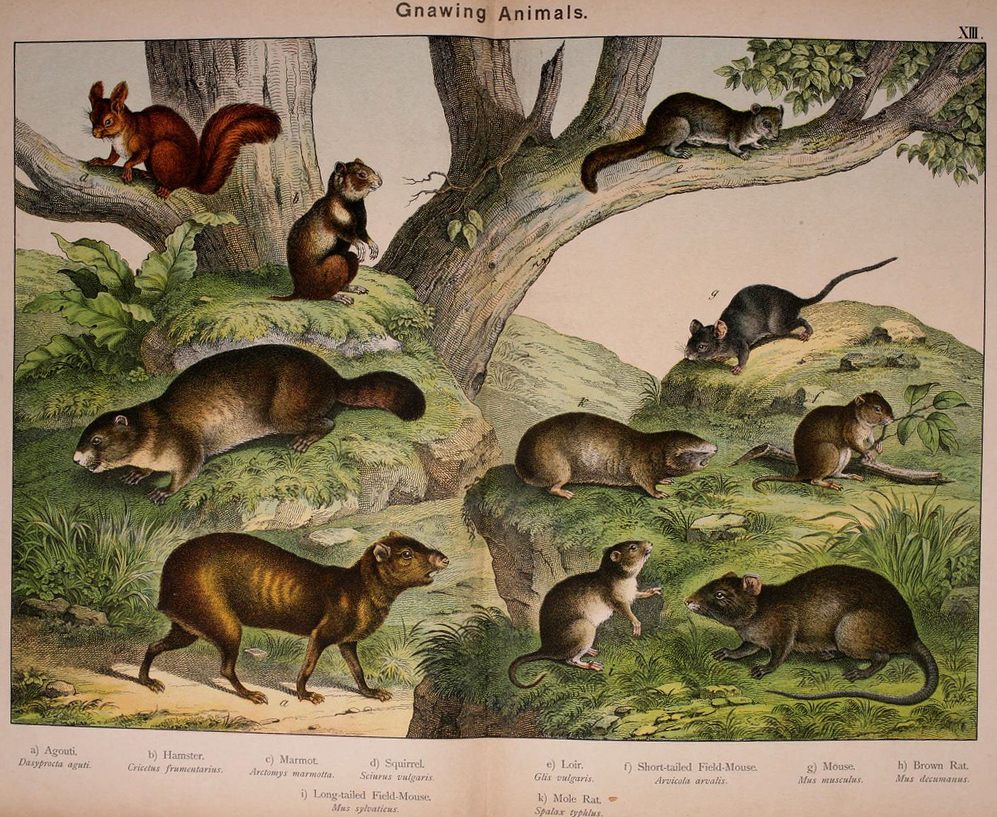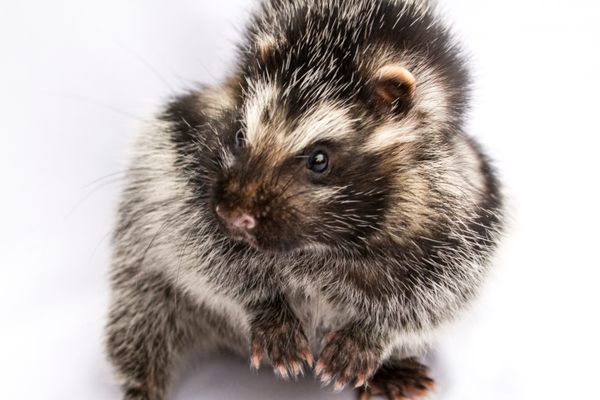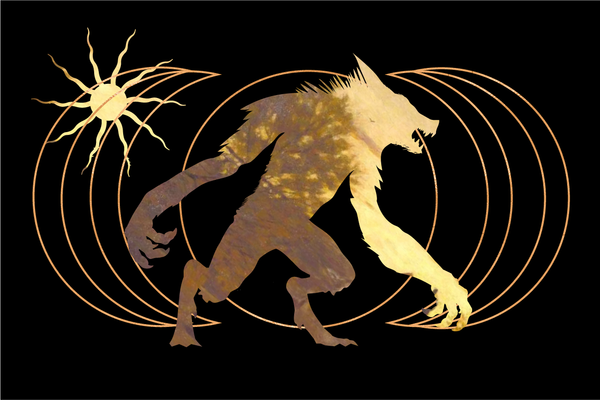The Complicated, Inconclusive Truth Behind Rat Kings
They’ve been mythologized for centuries.

On the top floor of the Otago Museum in Dunedin, New Zealand, where there are taxidermied circus lions, a tooth from the largest species of shark to ever have existed on Earth, and delicate glass models of sea creatures, lies one specimen that stands out from the rest: a large jar that contains eight rats in a yellowish preserving fluid, their jumbled bodies sunk to the bottom to reveal a thick, floating knot of tails tying them together.
The jar’s label reads, simply, “Rat King,” identifying it as a phenomenon that for centuries has been both mythologized, even if the rat king—a group of rats with their tails tied up to each other’s—may not even actually exist. Or, at least, occur in nature. All of which hasn’t stopped popular culture from elevating it to myth, popping up in numerous works of fiction, often as a bad omen, a representation of plague, or associated with witchcraft. But experts, for one thing, are skeptical, even as, throughout history, they keep turning up. What most people can agree on is that they are gross, and, if they do occur naturally, would be about as unpleasant for the rats as they might be for human observers.
“Rodents stuck together could not survive long and are probably in agony and distress until they separate or die,” says Kevin Rowe, a rat expert and the senior curator of mammals at the Museum Victoria in Australia. “A ‘rat king’ would be a horrible ball of animal suffering; nothing about it evokes a sense of kingship.”

Rat kings have been reported since the 1500s, and have been documented across the world. People who think they form naturally theorize that up to a few dozen rats—perhaps the young offspring of the same mother—tie their tails together when confined to small spaces, or when cold temperatures force them together to stay warm. Rattus rattus, known as the ship rat or the black rat, is the only type to have been documented in rat kings, though the same phenomenon has been found among other small mammals like squirrels.
“Ship rats, according to some theories, are climbing rats, so their tails have… a grasping reflex,” says Emma Burns, the curator of natural science at the Otago Museum. “In the nest, they form a hold.”
A bunch of adept, grasping tails might, in other words, be able to get themselves tangled. And in the presence of a binding agent, like sebum—a sticky, oily substance that comes from the rats’ skin—or their urine or feces, the knot might become inextricable. Which is Burns’ theory, at least, for how the rat king on display at the Otago museum formed. It was discovered sometime in the 1930s, she says, when it dropped from the rafters onto the clerks at a shipping office. One of the clerks reportedly beat the writhing mass with a pitchfork. Not long after that, the dead specimen ended up in the hands of a museum curator.

Rat experts, meanwhile, are a bit more skeptical, though they concede that a naturally occurring rat king is at least … possible. “When it is very cold rats may use one another for heat, bringing those long tails into direct contact, wrapping around one another,” says Michael Parsons, a scholar-in-residence at Hofstra University who developed a remote sensing technique to better understand rat behavior in urban environments. “Rat kings might be more common than thought—they just don’t persist very long as the tails would unwind as temperatures rose, or (gasp!) when one rat gnaws off its own, or another rat’s, tail.”
Others have different theories.
“Rat kings may just be a myth that a few people have perpetuated with fake examples,” says Matthew Combs, a doctoral student focusing on rats at Fordham University, even if the motivations of the modern rat king fabricator are less than clear, and the fabrication itself not necessarily easy. The fabricator, for one, would have to tie the rats’ tails together after they were dead, since doing so while they were alive would be “virtually impossible,” Burns notes.
Still, real or not, rat kings might always be with us, the result of humans’ loathing of rats themselves. More rats together, in our eyes, just means more of the things we revile about rats in the first place.

“In medieval times, people were pretty anti-rat, especially if you saw some seething mass.,” Burns says. “People really just don’t like rats.”
And, for her, the research goes on. She and her collaborators plan to take a closer look at the knot in their specimen to figure out what kind of adhesive stuck the tails together and to create a model using X-rays for how the rats might have gotten themselves tangled in the first place.
Lab studies with live rats, meanwhile, could, in theory, be done, but, Combs says there wouldn’t be much point.
“An observation of a rat king forming from start to finish in a lab setting would be the ultimate support,” he says, “but that seems like it would take a good deal of time and luck and precious lab funding.”
Which means that, for now, the myth, at least, will live on.

















Follow us on Twitter to get the latest on the world's hidden wonders.
Like us on Facebook to get the latest on the world's hidden wonders.
Follow us on Twitter Like us on Facebook